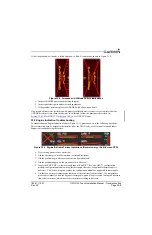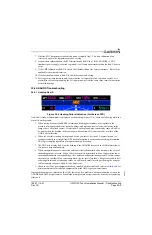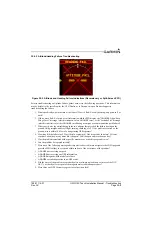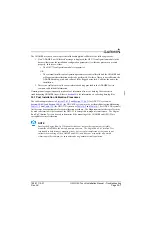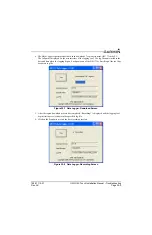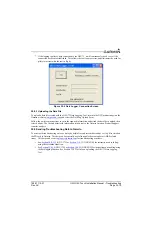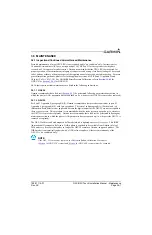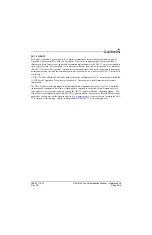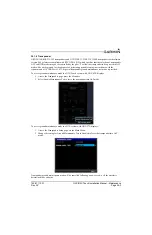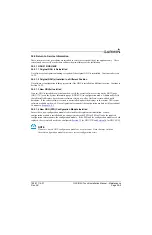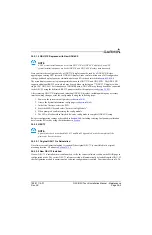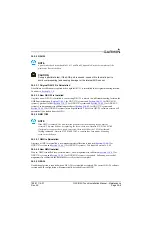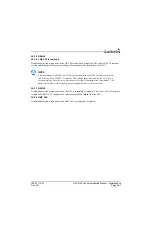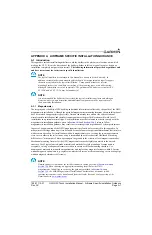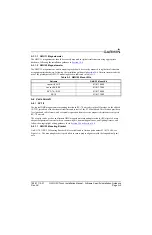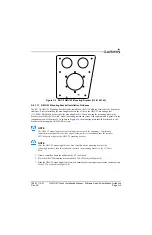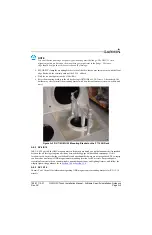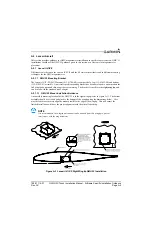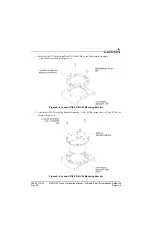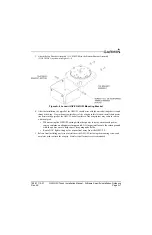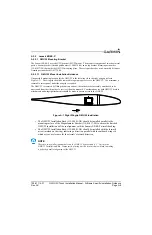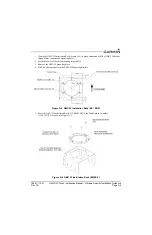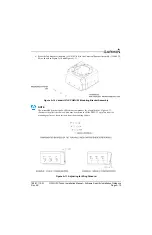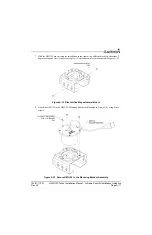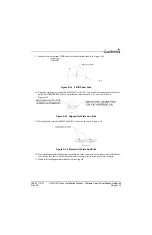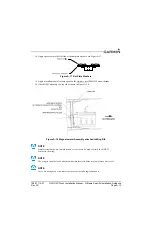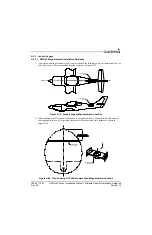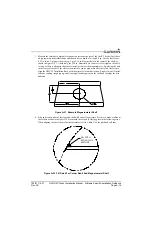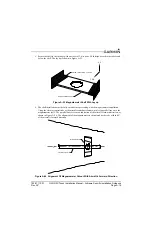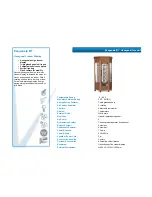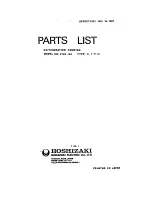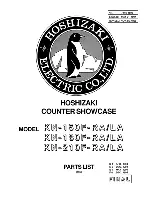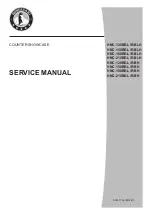
190-01115-01
G3X/G3X Touch Installation Manual - Airframe Specific Installation Guidance
Rev. AC
Page A-1
APPENDIX A AIRFRAME SPECIFIC INSTALLATION GUIDANCE
A.1 Introduction
This appendix include installation guidelines to aid the builder in the placement of various units which
make up the G3X. It is at the discretion of the builder whether to follow a typical layout or design an
installation completely unique to their aircraft.
The following information is provided as guidance only
and does not account for variations in specific installations.
NOTE
The typical installations contained in this manual are known to fit each aircraft. In
addition, custom brackets and mounting which should be incorporated to properly support
the units are detailed in the typical installation. Unsupported avionics or inferior
mounting brackets can contribute to cracking of the mounting trays or a unit becoming
dislodged, intermittent or to fail completely. The guidance of FAA advisory circulars AC
43.13-1B and AC 43.13-2A may be found useful.
NOTE
It is recommended the builder at least review the typical installation prior to embarking on
his/her own design, and determine what additional components may be required to suit
their particular installation.
A.1.1 Magnetometer
The integrity and reliability of G3X heading and attitude information is affected by the quality of the GMU
magnetometer installation. Although the potential magnetometer mounting locations shown in this manual
have been tested on appropriate type aircraft, Garmin cannot take into account the wide variation of
aircraft specific installations and therefore cannot guarantee the provided locations will work for all
installations in a particular aircraft type. Each installation must be evaluated in order to comply with the
magnetometer installation guidance given in
magnetometer installation guidance may result in error messages and degradation of system performance
In general, wing mounting of the GMU magnetometer is preferred, unless as noted in this appendix. In
many aircraft, fuselage mounting is less desirable because of numerous potential disturbances that interfere
with accurate operation. For installations with dual magnetometers, co-locating the two magnetometers
close to each other in the tail or in one wing is recommended as this reduces the likelihood of heading
differences or “miscompares” when operating on the ground in the vicinity of local magnetic anomalies.
Mechanical mounting fixtures for the GMU magnetometer must be rigidly connected to the aircraft
structure. Use of typical aircraft-grade materials and methods for rigid mounting of components is
acceptable, so long as adequate measures are taken to ensure a stiffened mounting structure. Use
nonmagnetic materials to mount the magnetometer, and replace any magnetic fasteners within 0.5 meter
with nonmagnetic equivalents (e.g. replace zinc-plated steel screws used to mount wing covers or wing tips
with nonmagnetic stainless steel screws).
NOTE
Garmin strongly recommends the installer conduct a thorough review of
and
when choosing an appropriate mounting location for the GMU
magnetometer. In addition to reviewing the guidance provided in
and
, the AHRS/Magnetometer Installation Considerations document (which
www.garmin.com
.

